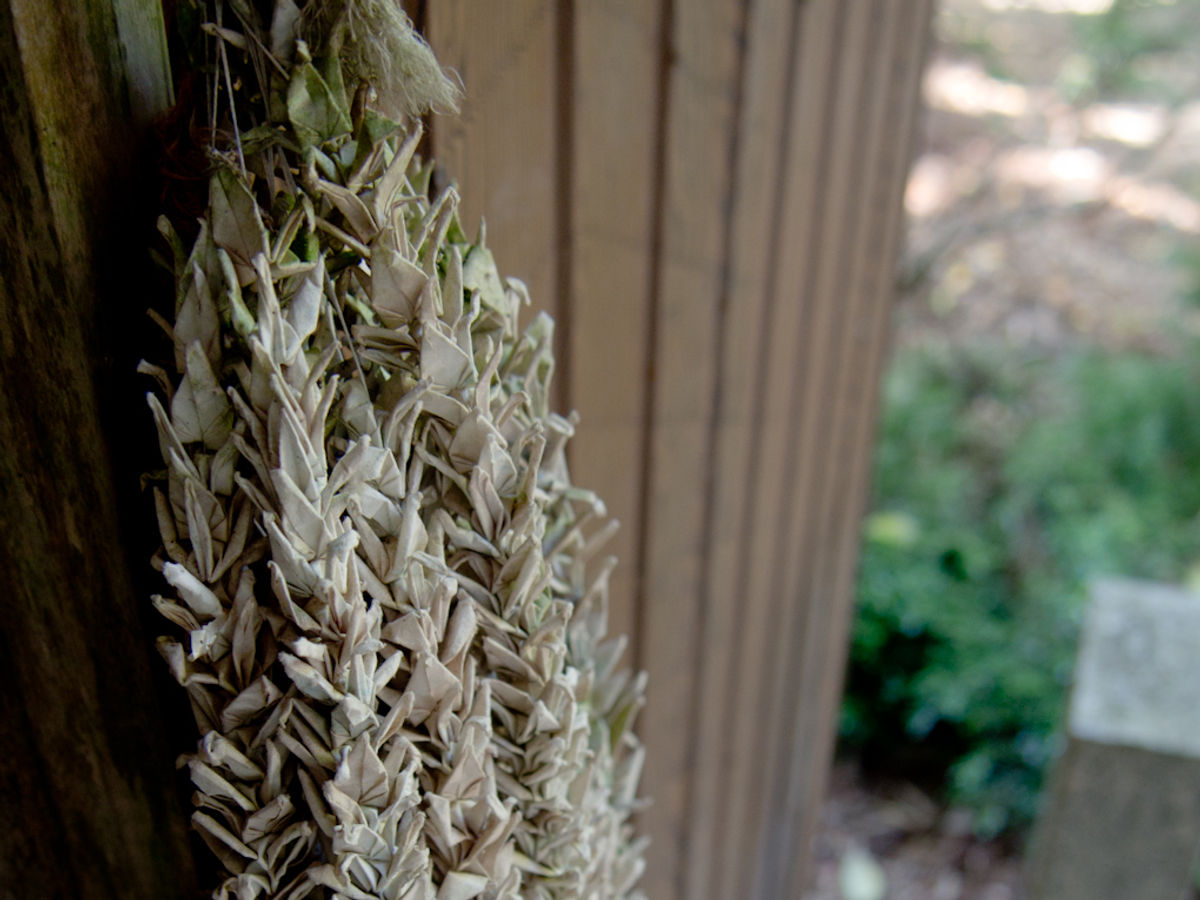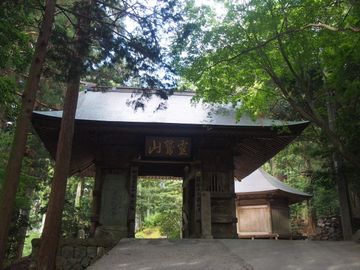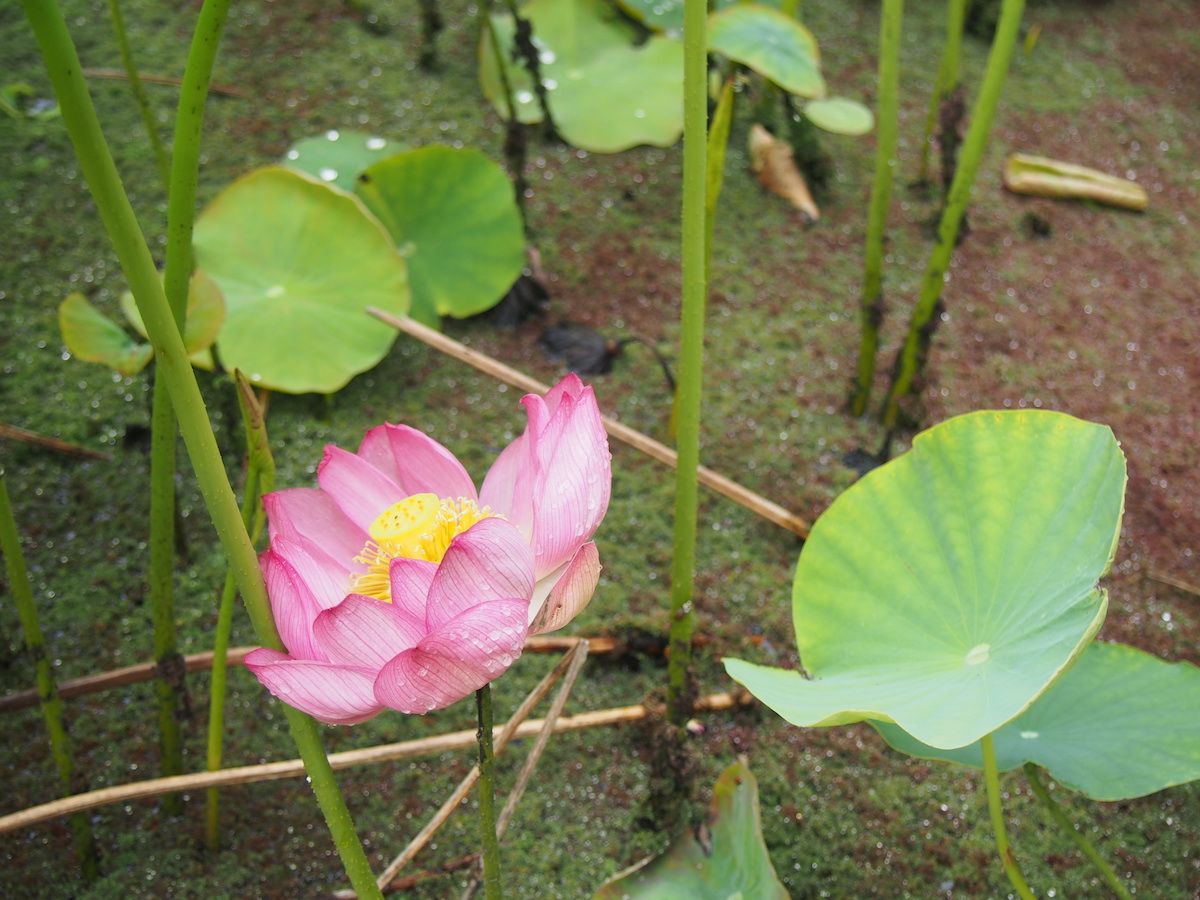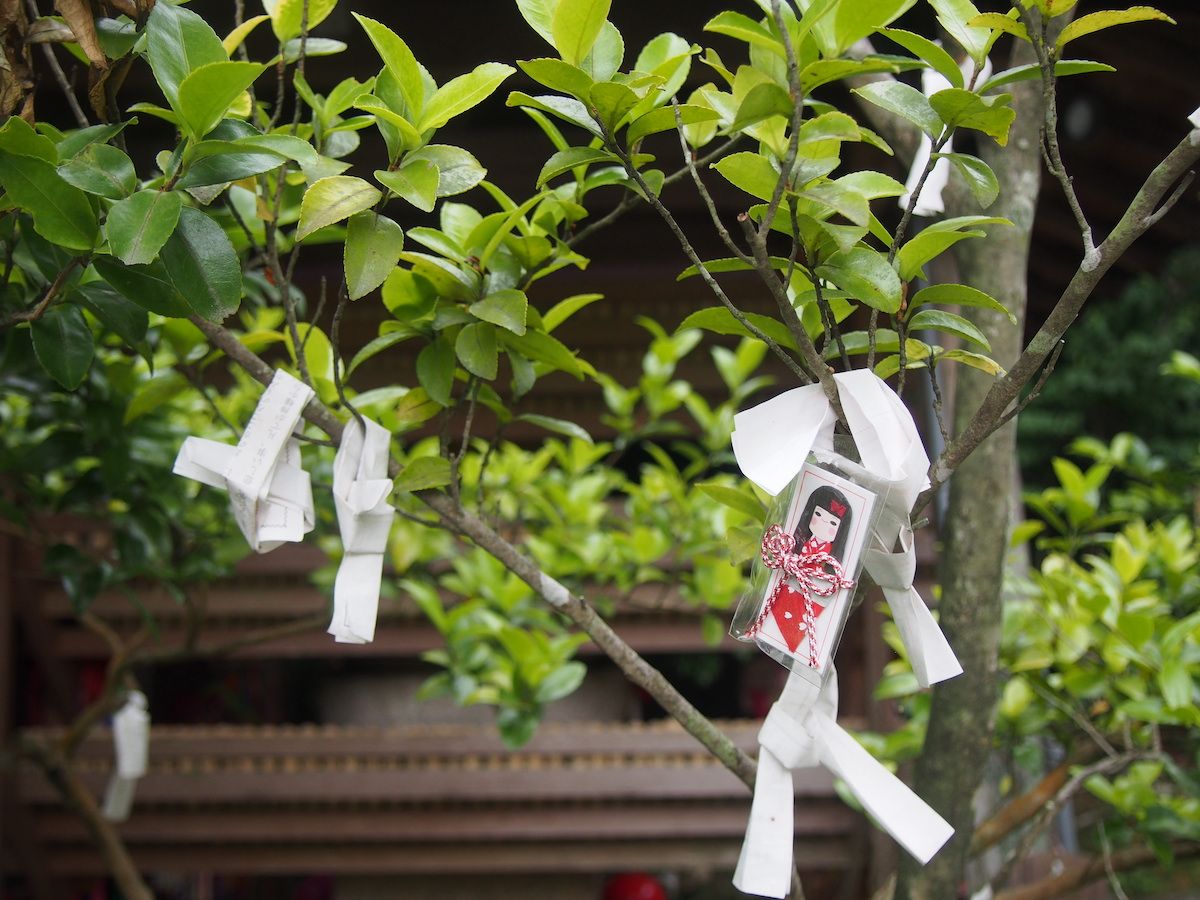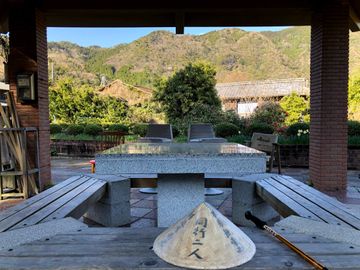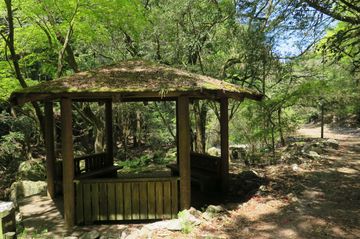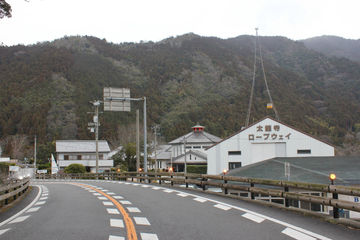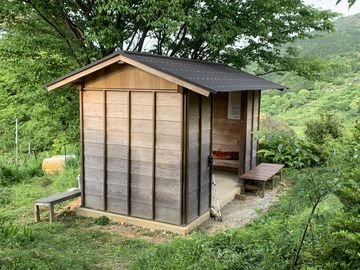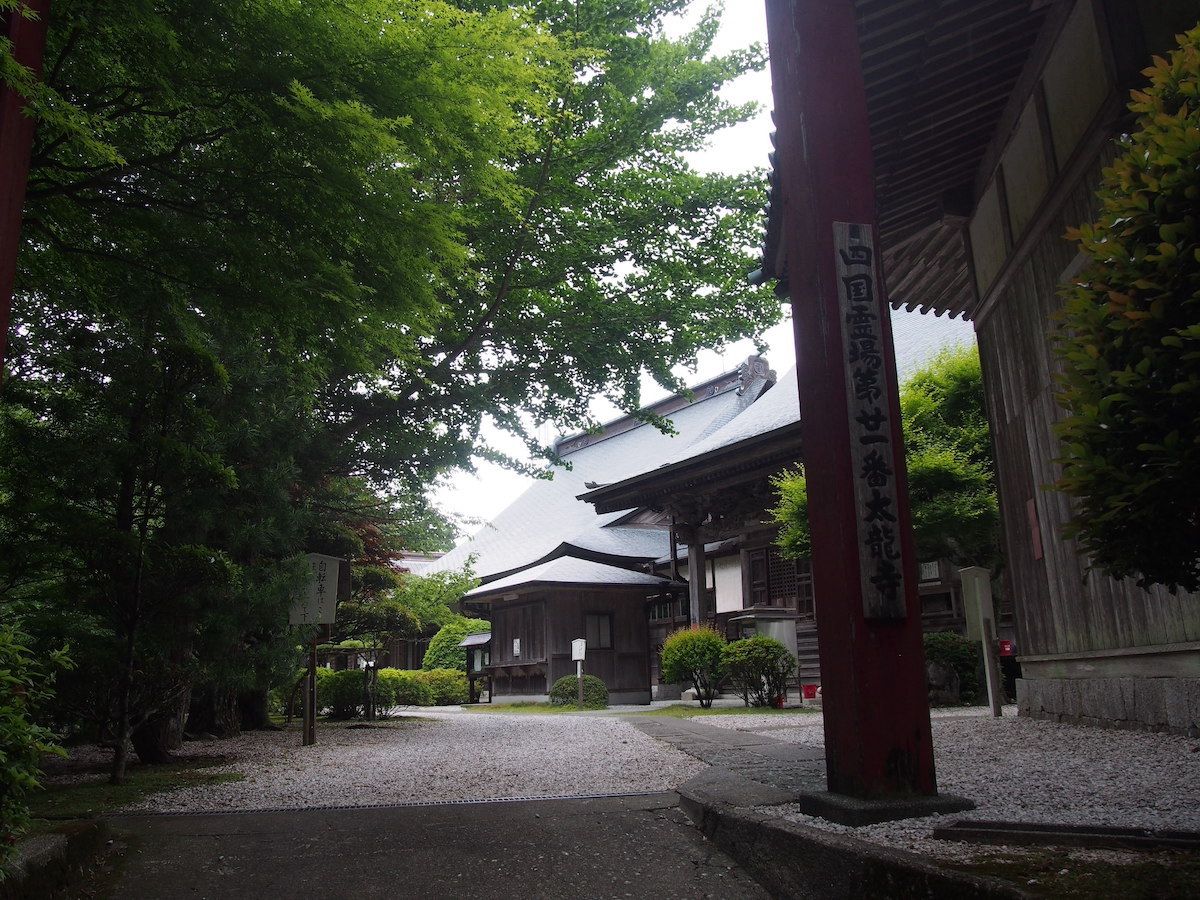
Tairyuji (太龍寺) is the 21st temple of the Shikoku Pilgrimage, located in Tokushima Prefecture, Japan. Situated at around 600 meters above sea level, it is commonly known as one of the “nansho” (難所) – difficult places to reach – of the pilgrimage. Tairyuji was commissioned to be built in 792 by Kobodashi, or Kukai, the Buddhist monk credited as the founder of the Shikoku Pilgrimage. Tairyuji is also called the “Koya of the West” for its long history and its high elevation.
For walking pilgrims, there are two pilgrim paths leading to Tairyuji. One of them is Kamomichi (かも道), a 4.4-kilometer pilgrim path between Temple 20 Kakurinji (鶴林寺) and Tairyuji. The history of this route dates back to maps and guidebooks from the Edo Period in 1700, but the path itself has fallen into disrepair in the last two centuries. Recent efforts by local communities have restored this route, and it has been designated as one of the National Historical Sites (国指定史跡) of Japan. Although it is slightly longer than the main route found in many guidebooks, many pilgrims seize this opportunity to take a walk through history. If you are walking from Temple 20, you should see plenty of signages pointing to Kamomichi.
The modernization of pilgrim routes has made Tairyuji much more accessible to pilgrims of all means of transportation. Aside from the paved roads, pilgrims can reach Tairyuji by cable car, or ropeway, which stops less than 100 meters from the main hall. The ropeway operates every day of the year, from 8:00am (7:20am during more popular months) to 5:00pm each day. A regular adult ticket is ¥1,300 each way. Discounts for high school students and children are available.
Hours
OpenAmenities & Facilities
Key Distances & Elevations

